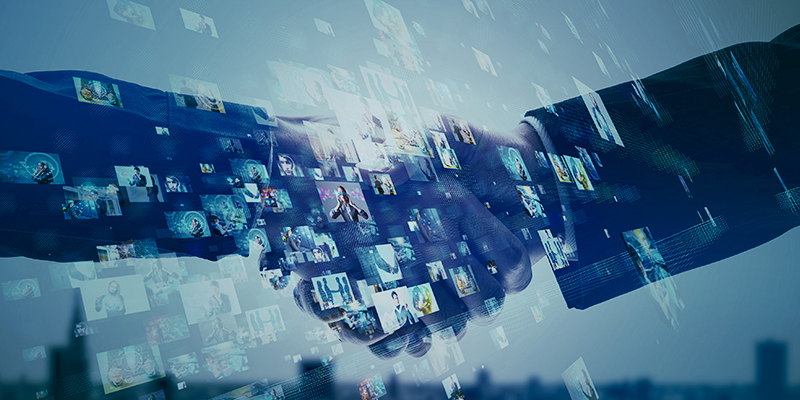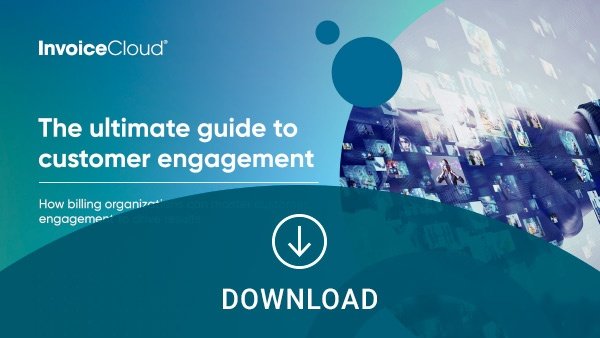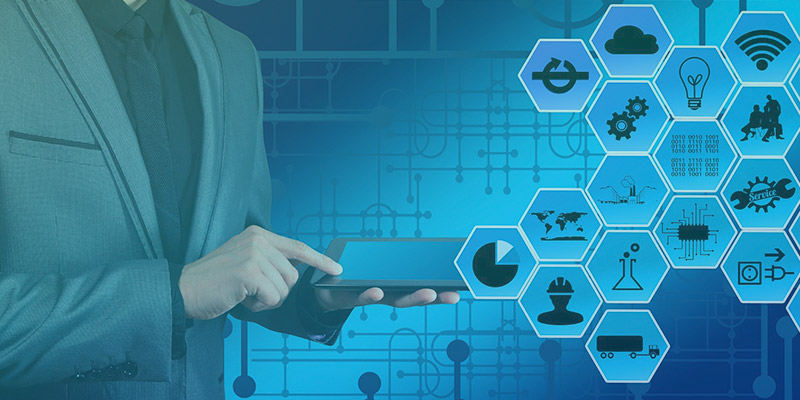5 Customer Preference Trends Your Organization Needs to Know
 Tara Wildt
Tara Wildt

How important is keeping up with customer preferences? Although the answer to this question may vary by industry, the reality is that most organizations need to meet the changing needs of customers to remain competitive.
Understanding your customers’ preferences is important, as they inform how your organization makes decisions about technology, processes, and more. How well your organization adapts to customer expectations can impact everything from customer satisfaction ratings to, in the case of online bill payment, online payment adoption rates.
Think of it this way: if customers expect to be able to pay their bills a certain way and your organization doesn’t offer it, this creates frustration. In some cases, this can lead to customer churn. In others, it means customers won’t use self-service tools to pay their bills. This is a problem, because there are a variety of benefits that come with high rates of self-service. When customers enroll in paperless billing, it reduces costs associated with printing and mailing bills. And when customers can effectively self-service and pay their bills online, it accelerates collections and reduces call center volumes.
Staying on top of customer trends is critical for driving the kinds of results your organization needs. Here are 5 key customer preference trends that every organization should pay attention to, both this year and for the foreseeable future.
Customer preference trends for billing organizations
Growth of digital
No organization or industry is immune to the impact that digital channels have had on consumer preferences. The shift to digital is evident everywhere, from the growth of e-commerce models to online ordering from restaurants and grocery stores, to the growth of mobile and contactless payment methods. When it comes to interacting with your organization, customers expect to easily make payments online or on a mobile device. They also expect the option to enroll in digital services, like paperless billing.
As the current climate forces increased focus on remote, contact-free services, customers who previously did not use digital channels are beginning to do so. In fact, 2/3 of Americans say they are “more inclined to try new digital offerings now than before.”
Despite the growing importance of digital channels, research shows that almost 45% of companies are still in the earliest stages of developing a digital-first strategy. It’s clear, however, that migrating to digital drives significant results for the organization. In this same research, 56% of CEOs say their digital improvement efforts have already resulted in higher profits.
Focus on mobile first
Optimizing channels for mobile is no longer optional. More than half of consumers make mobile payment transactions from their smartphones every year. This means your organization should design every engagement point with a mobile-first mindset. What does this look like? It’s about removing obstacles like login screens, assessing layouts, and making sure the experience is as simple and streamlined as possible.
Cost-savings from the cloud
Many organizations have already realized that there are extensive costs and labor requirements needed to maintain hosted or on-premises software. That’s why organizations are migrating to true Software-as-a-Service (SaaS) solutions. These cloud software platforms update automatically and are highly configurable to meet the unique needs of your organization — without costly upgrades or time-consuming updates. The time and money saved helps to maintain stable rates.
Real-time capabilities and automation
Billing organizations spend tremendous amounts of time reconciling accounts and collecting payments. To free up staff time to focus on high value projects, organizations need to implement solutions that enable real-time integrations and reconciliations. Beyond that, automating the revenue collection process provides significant benefits for the organization. It enables organizations to streamline the billing process and improve customer satisfaction, while ensuring more accurate forecasts and insight into revenue.
Customer self-service
As a result of the growth in digital channels, customers expect to be able to self-serve across every industry. Your organization’s self-service capabilities are being measured against technology companies and retailers, rather than your fellow utility or local government organizations.
The most impactful way to drive results for a billing organization is to get more customers to self-serve. Increased self-service means fewer customer service calls, as well as walk-in and lobby traffic. It also means decreased workloads, late payments, and account shutoffs, as well as fewer headaches for your staff.
How to use this information
Now that you have a better understanding of key customer preference trends, how can your organization use this information to create better customer experiences and drive higher levels of self-service? Download our new ebook, ‘The Ultimate Guide to Customer Engagement’ to learn more about how your organization can use this information to simplify your payment experience and drive positive results.



